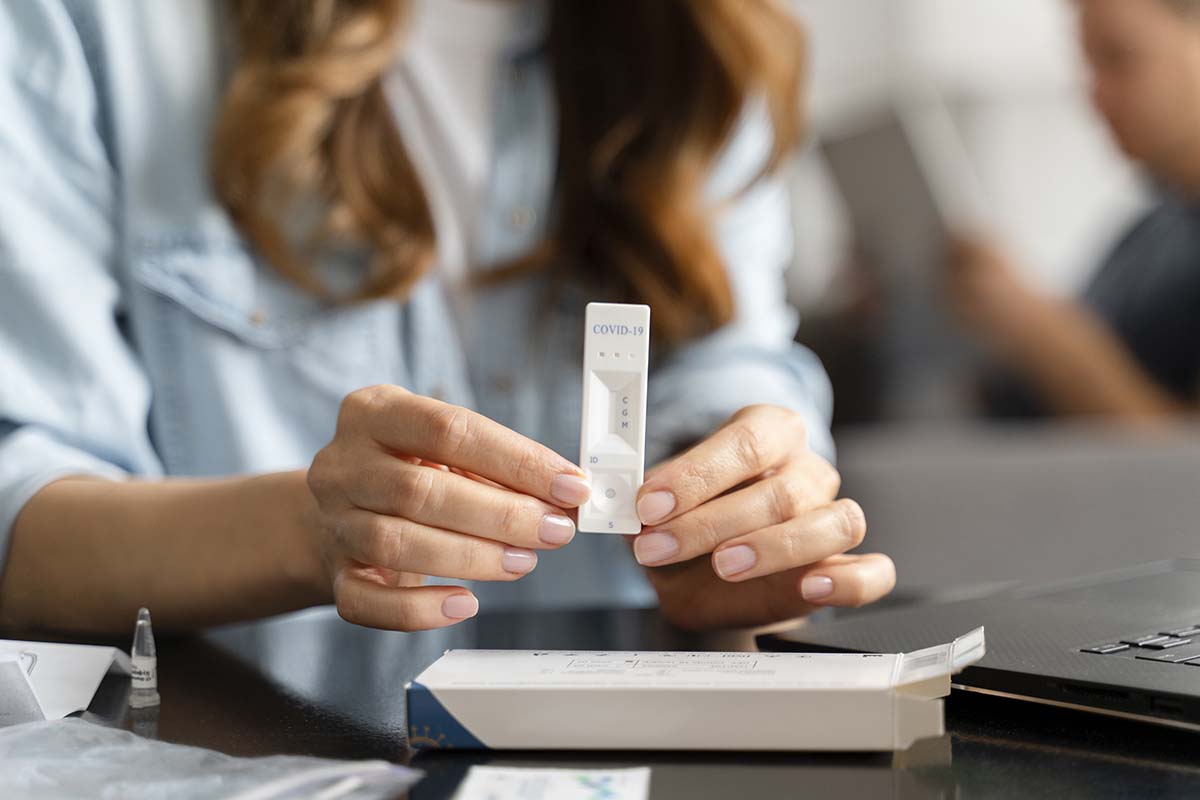How Often Should You Take Pre-Workout
Pre-workout is a Godsend for athletes and gym enthusiasts, as it is great for that energy boost you need to increase the work out regimen and your endurance.
However, the thumb rule is moderation. And it is not just limited to exercise, but moderation also matters when you are taking pre-workout supplements. Although it may seem to contradict the whole idea of pre-workout, as it is taken to be able to do more workout( more pre-workout→more exercise). But it is not necessarily true.
You may see it like this: supplements are not natural, and even if they are, too many of them, is bound to have risks involved.
So the question arises: How often should you take the best pre-workout for women?
The answer is maybe a bit tricky. The core ingredients that make up the pre-workout are usually standard. However, what effect they have on our bodies is the real question. Everybody is unique, and how certain stimulants affect our body, varies from person to person. This makes it difficult to give a general amount.
This may sound concerning, but you don’t need to worry, your body will always give you the signal. And if you are attentive and know the signs, then you are safe. First of all, you need to be acquainted with your supplement ingredients. The ingredients that are commonly found are:
- Caffeine
- Beta-Alanine
- Creatine
- Citrulline Malate
The good news is that if you do your research about these ingredients, you will find out the recommended doses for each one.
Caffeine
Caffeine is a known energy booster. People take it not only for the gym but also: working people use it for their demanding jobs, students use it to study all night. And many end up on caffeine high, for the simple reason that it is addictive. You start with a small dose, but soon that dose is not enough, and you increase it.
The more you take, the more immune your body becomes. But nonetheless, anywhere between 100mg to 200mg of caffeine is a safe amount to take.
Beta-Alanine
Beta-Alanine helps to reduce fatigue when you are working out. If you have taken beta-alanine in your supplement, you are then aware of that awful tingling and itching sensation. Just imagine overdosing beta-alanine in your body, and making that awful sensation go ten folds. You really don’t want to do that, so stick to the recommended dose of, between 800mg to 2000mg.
Creatine
Creatine creates muscle mass. It is recommended to start with 5g per day, this is a safe amount to reach the maximum muscle mass in six weeks. To speed up the results, you can take 5g four times a day, for 5 days.
Citrulline Malate
Citrulline malate is another stimulant that helps in preventing sore muscles and fatigue. A dose between 2g to 6g is enough for getting your body pumped up.
Conclusion
Just because you know the recommended dose, does not mean people stick to it. These stimulants are addictive, and it is not a surprise that people who take pre-workout are prone to being dependant on them. They are not only dependant physically but also mentally. This mental dependency is what becomes concerning in the long run.
The reason is that physical dependency can be compensated by consuming more natural foods that are energy boosters, such as coffee, green tea, fruits, and nuts. But the mental dependency stops us from taking the natural stimulants, believing them not to be good enough, and takes us back to the pre-workout doses.
The best way to use them safely is to start with small doses. Don’t take them daily when you first start off with pre-workouts. Take them on alternate days, and try to keep it that way.
On the days when you are not taking them, go for the natural energy boosters. Just remember your body is your top priority. Only you can take the best care of it. You know the risks of pre-workouts and alternate solutions. Now it is up to you how to use them safely.




















